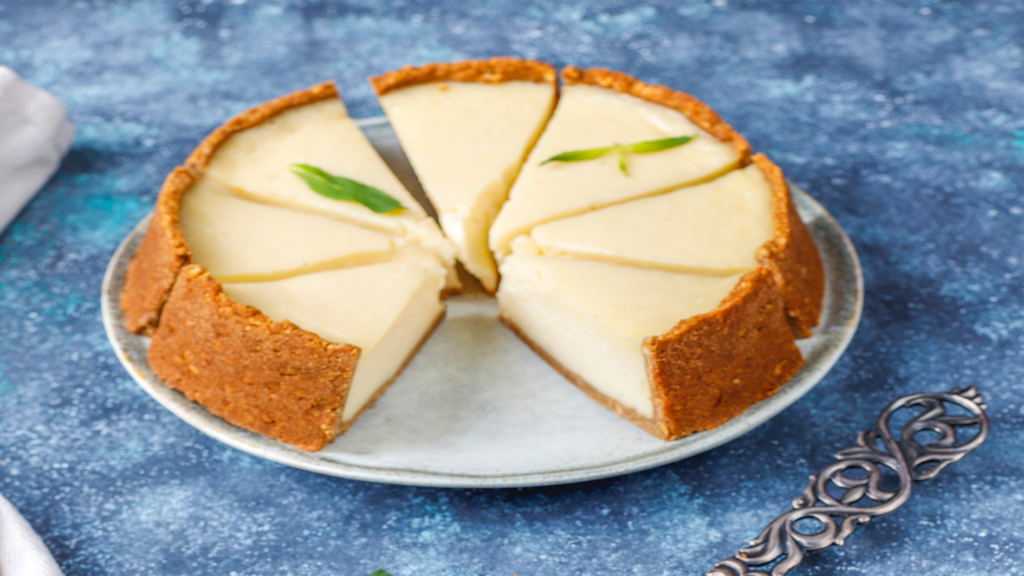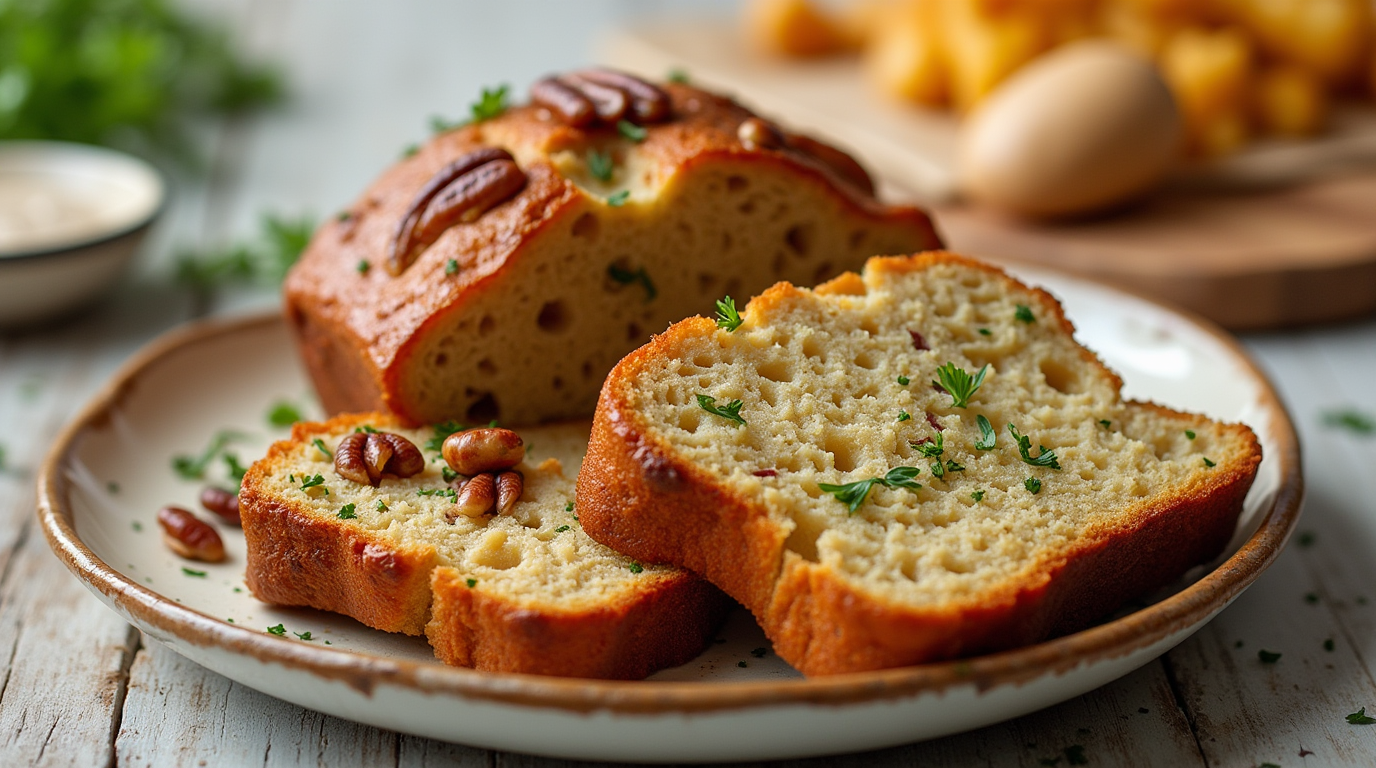
Cream cheese is more than just a breakfast spread—it’s a luxurious, velvety ingredient that has found its way into countless culinary traditions. From classic cheesecakes to rich pasta sauces, its creamy texture and mild tang make it a kitchen essential. Whether you’re baking, cooking, or simply spreading it on a warm bagel, cream cheese adds a depth of flavor that’s both comforting and indulgent.
Key Takeaways
- Origin: Cream cheese has roots in 16th-century European dairy traditions, gaining popularity in the U.S. in the 1800s.
- Ingredients: Typically made from milk and cream, sometimes with added stabilizers for consistency.
- Versatile Use: Found in both sweet and savory dishes, from cheesecakes to dips and sauces.
- Cooking Methods: Used in baking, blending, and cooking to add smoothness and richness.
- Pairings: Complements everything from bagels to smoked salmon and pasta sauces.
- Storage Tips: Should be kept refrigerated and used within two weeks for best quality.
- Health Benefits: Contains calcium and healthy fats but should be enjoyed in moderation.
Cultural Heritage of Cream Cheese
Cream cheese’s journey began in Europe, particularly in France and England, where similar soft cheeses were crafted centuries ago. However, the modern cream cheese we know today was popularized in the United States in the 19th century. William Lawrence, a dairyman from New York, is credited with commercializing it, leading to the birth of iconic brands like Philadelphia Cream Cheese. Over time, it has become a staple ingredient worldwide, beloved in American cheesecakes, Japanese soufflés, and European pastries.
Essential Ingredients
- Milk & Cream: The foundation of cream cheese, providing its rich, creamy texture.
- Lactic Acid Bacteria: Gives the cheese its subtle tang and helps with fermentation.
- Salt: Enhances flavor and acts as a preservative.
- Stabilizers (optional): Often used in store-bought varieties to maintain consistency.
Preparation & Marination Techniques
For homemade cream cheese, high-quality milk and cream are gently heated before introducing bacterial cultures. The mixture is left to ferment, allowing natural thickening and flavor development. Straining through cheesecloth removes excess whey, yielding a smooth, spreadable texture. To enhance flavor, some variations include herbs, garlic, or even fruit preserves.
The Secret to Authentic Seasoning
The key to perfect cream cheese lies in subtle yet effective seasoning. A pinch of sea salt heightens its flavor, while fresh herbs like chives or dill can add complexity. For sweet applications, a hint of vanilla or citrus zest enhances the overall taste profile.
Step-by-Step Cooking Method
- Heat the Milk & Cream: Warm the dairy over low heat without boiling.
- Add Cultures: Stir in lactic acid bacteria or lemon juice to begin the fermentation process.
- Allow Thickening: Let the mixture sit at room temperature for several hours.
- Strain the Mixture: Use cheesecloth to remove excess whey, resulting in a creamy consistency.
- Season to Taste: Add salt, herbs, or sweet elements as desired.
- Refrigerate & Use: Store in an airtight container for optimal freshness.
Common Mistakes to Avoid
- Overheating the Milk: Can cause curdling and grainy texture.
- Skipping the Straining Process: Leads to excess moisture and a runny consistency.
- Using Low-Fat Dairy: Results in less creamy, less flavorful cheese.
- Not Allowing Proper Fermentation: Reduces depth of flavor and texture development.
Traditional Side Dishes & Accompaniments
- Bagels & Toast: The ultimate breakfast classic.
- Smoked Salmon & Capers: A favorite in brunch dishes.
- Pasta Sauces: Adds richness to creamy Alfredo-style dishes.
- Cheesecakes & Desserts: The heart of iconic treats like New York-style cheesecake.
- Vegetable Dips: Blended with herbs for a flavorful party appetizer.
Storage & Reheating Guidelines
- Refrigeration: Store in an airtight container for up to two weeks.
- Freezing: While possible, freezing may alter texture; best used in cooking after thawing.
- Reheating: If using in warm dishes, gently melt over low heat to maintain creaminess.
Conclusion
Cream cheese is a versatile, delicious ingredient that has earned its place in kitchens worldwide. Whether you’re making a savory dip, a decadent cheesecake, or a simple spread, its creamy richness is unbeatable. Try experimenting with homemade variations and share your favorite recipes in the comments!
FAQ
1. Can I make cream cheese at home?
Yes! With milk, cream, and an acid like lemon juice, you can craft your own delicious cream cheese.
2. Is cream cheese the same as mascarpone?
No, mascarpone has a higher fat content and a milder, sweeter flavor.
3. How can I use leftover cream cheese?
In dips, pasta sauces, frostings, or even stuffed chicken recipes!
4. Why does homemade cream cheese taste different from store-bought?
Homemade versions lack stabilizers and preservatives, making them fresher but sometimes softer in texture.
5. Can I make cream cheese dairy-free?
Yes! Alternatives like cashew or almond-based cream cheese offer similar textures with plant-based ingredients.
Love this guide? Share your thoughts and recipes in the comments below!


